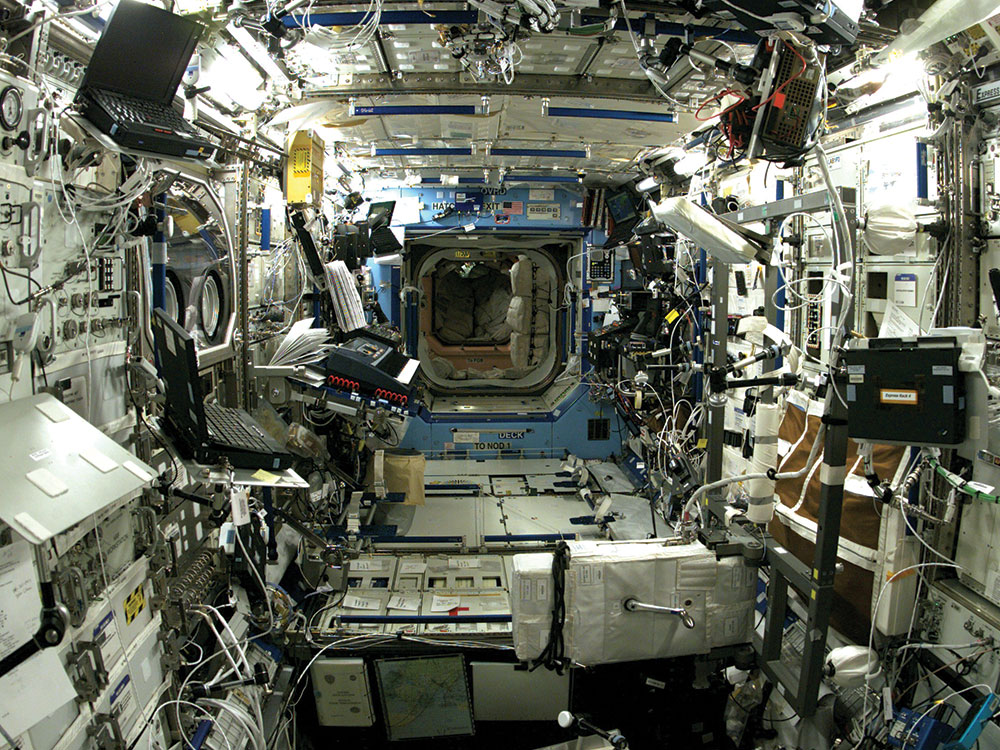ASTRONOMY
ASTRONOMY
ASTRONOMY
ASTRONOMY
ASTRONOMY
Peter Vidot
Living and Working in Space
Living and Working in Space
Living and Working in Space
Living and Working in Space
Living and Working in Space
Long before I became enamoured with astronomy, I maintained a fascination with space travel and would spend countless nights laying under the stars, looking up and hoping to catch a glimpse of a satellite overhead. I often wondered if any of these objects passing above contained people and if so, how long could they live and work in this space environment.
Now with nothing more needed than the naked eye, there is one man made object silently traversing across the night sky above us. It resembles a bright star and orbits the earth every 90 minutes with a crew of men and women from different nations working together, across many space agencies.
It was in November of 1998 when the Russian Space Program (ROSCOSMOS) launched the first module of the International Space Station (Zarya) and then 2 weeks later, NASA launched the module (Unity) to connect with it, this was the birth of the International Space Station as we know it today.

ISS Destiny Laboratory

Astronaut Andy Thomas and Peter Vidot
International Space Station Facts
International Space Station Facts
International Space Station Facts
International Space Station Facts
International Space Station Facts
Facts about the International Space Station
With the ISS orbiting the earth every 90 minutes, the crew can witness 16 sunrises and 16 sunsets per 24-hour day, making it imperative to work to the UTC time zone and maintain a body clock comparable to that on Earth.
Working from Monday to Friday, 10 hours each day and 5 hours on Saturday, allows the crew time for relaxation and rest, but may at times be interrupted by timely experiments, the docking of a supply vessel, with or without visitors and inclusive of vacuum sealed food and at times, fresh fruit and vegetables.
Personal hygiene is essential and although regular showers are not possible, the crew use a special rinseless shampoo and damp towels to keep clean.
Australian astronaut Dr Andrew Thomas has flown many missions and logged more than 177 days in flights and in orbit around our Earth on the Mir Space Station and the International Space Station.
Over 200 people have visited the ISS from 17 different countries.
The space station measures over 108 metres in length and weighs in at close to 420 tonnes. It is the largest artificial body in orbit and generates 120 kilowatts of power from four sets of solar arrays.
The micro-gravity experiments on-board the ISS have advanced material science and medical technologies by many decades ahead of what could be possible on earth.
Travelling at 27,600 km/h at an altitude of up to 435 kilometres, the International Space Station was made possible with in excess of 130 space flights and over 180 space walks…
USEFUL LINKS
Find the ISS in the night sky:
spaceweather.com/flybys
ISS live video feed:
ustream.tv/channel/live-iss-stream
